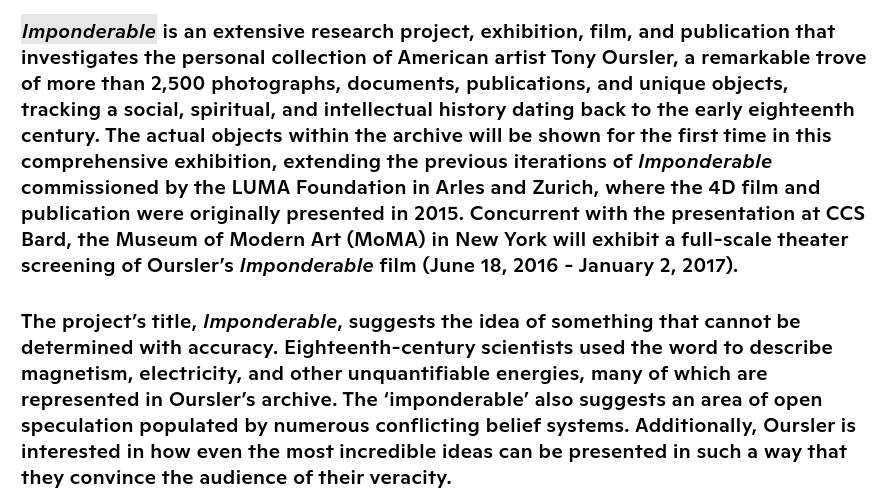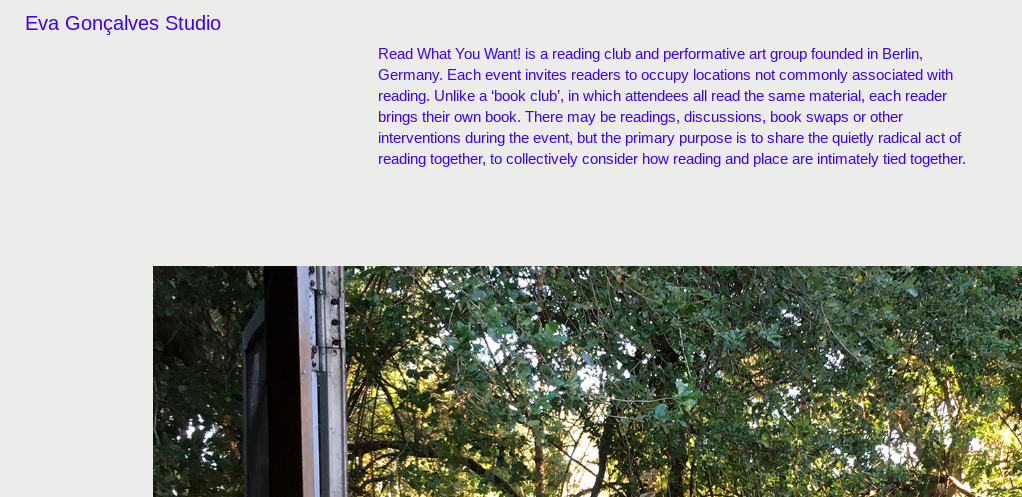performing in the archive
SYNOPSIS:
Archives consist of gathered materials and documents about an individual, organisation or exhibition; overlaps of knowledge as various artefacts that come together in forms of poetry, audio, visual, letters, leaflets etc. How are these created, who maintains it and where are they?
Activating and creating archives; intermingling of voices and dialogues with the past (temporality). Documents of performance become the work, acting as a stand-in for what is ‘live’. Tracing archival material to memory of physical space? Library spaces specifically? documentation/research as artwork. Time-based work!
mudlarking
artist books as activism
LITERATURE REVIEW:
Performing Urban Archives – a starting point for exploration, Cecilie Sachs Olsen– archives in real time, The idea of seeing the city as an archive – to approach it as layer upon layer of compacted material and social detail that is in endless transformation – implies a certain way of ‘looking’ that has the potential to challenge pre-determined and fixed understandings of urban space in favour of openness, instability and multiplicity. It may lead to a re-imagination and new understandings of our material surroundings.
Mapping Memory: Visuality, Affect, and Embodied Politics in the Americas, Many of these historical images exist in other archives, or have circulated in other ways, but this particular performative visual archive is unique insofar as it creates a new collection from an amalgam of new and old photographs. This combination of both historical and contemporary images enables Pantoja to emphasize the affective relationship between the two time periods…Thus, the audience’s relationship to the images is layered—they have a visual relationship with the images, the performance, and the artist as performer. Through the performance, the audience is witness to Pantoja’s experience, and we accompany him on his journey of remembering.
https://ccs.bard.edu/museum/exhibitions/233-tony-oursler-the-imponderable-archive:

How the outside becomes inside
Future Library- Katie Paterson

gathering/reading groups- intersections between environment/art/literature. communication across time
Ana Mendieta

lara favaretto talbot rice



Leave a Reply